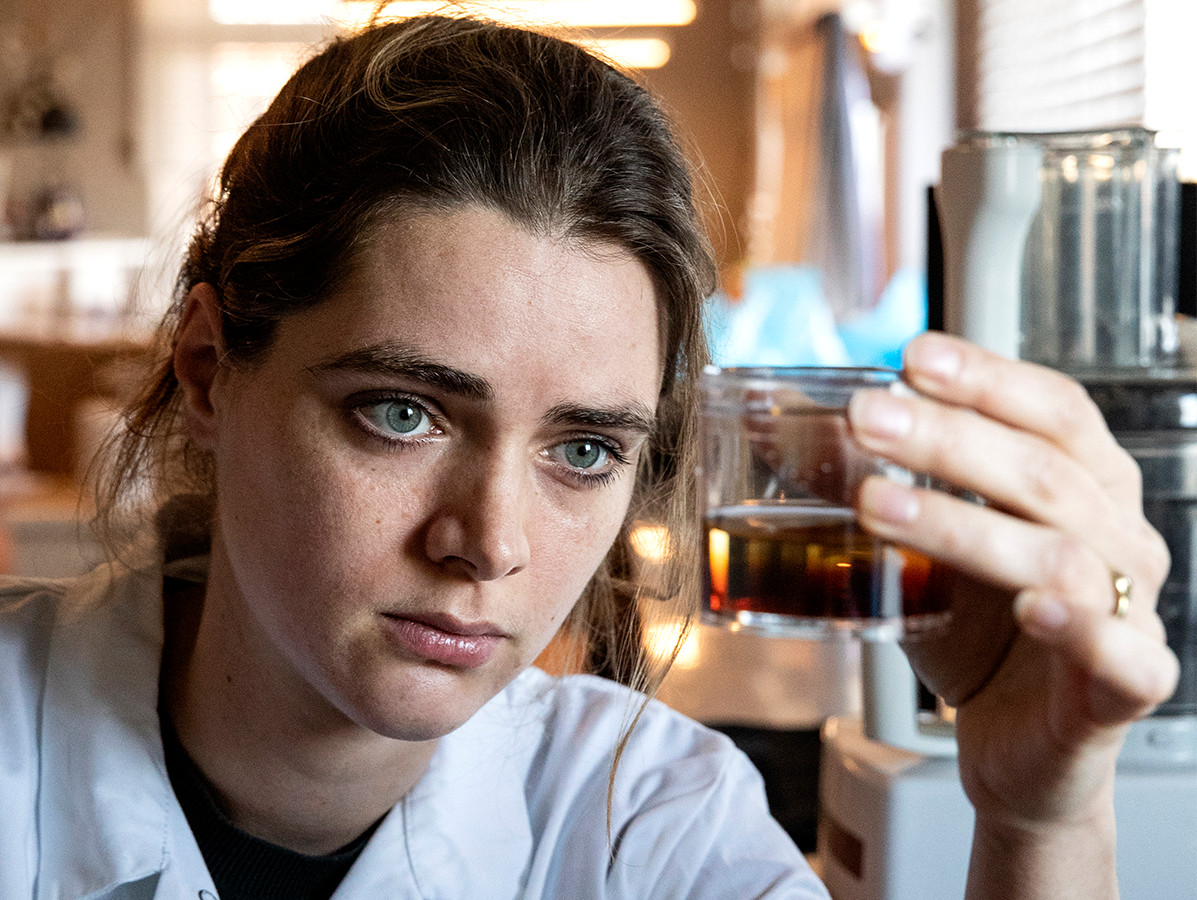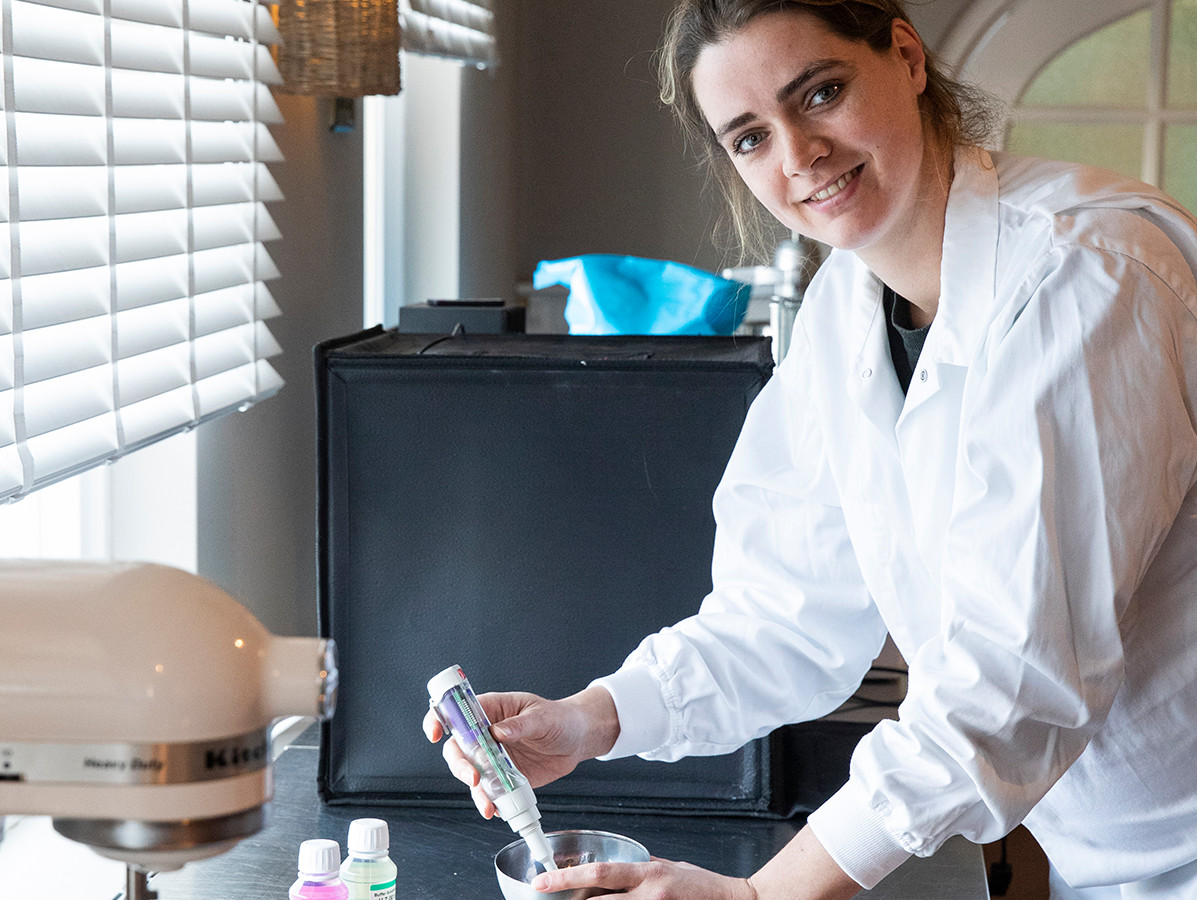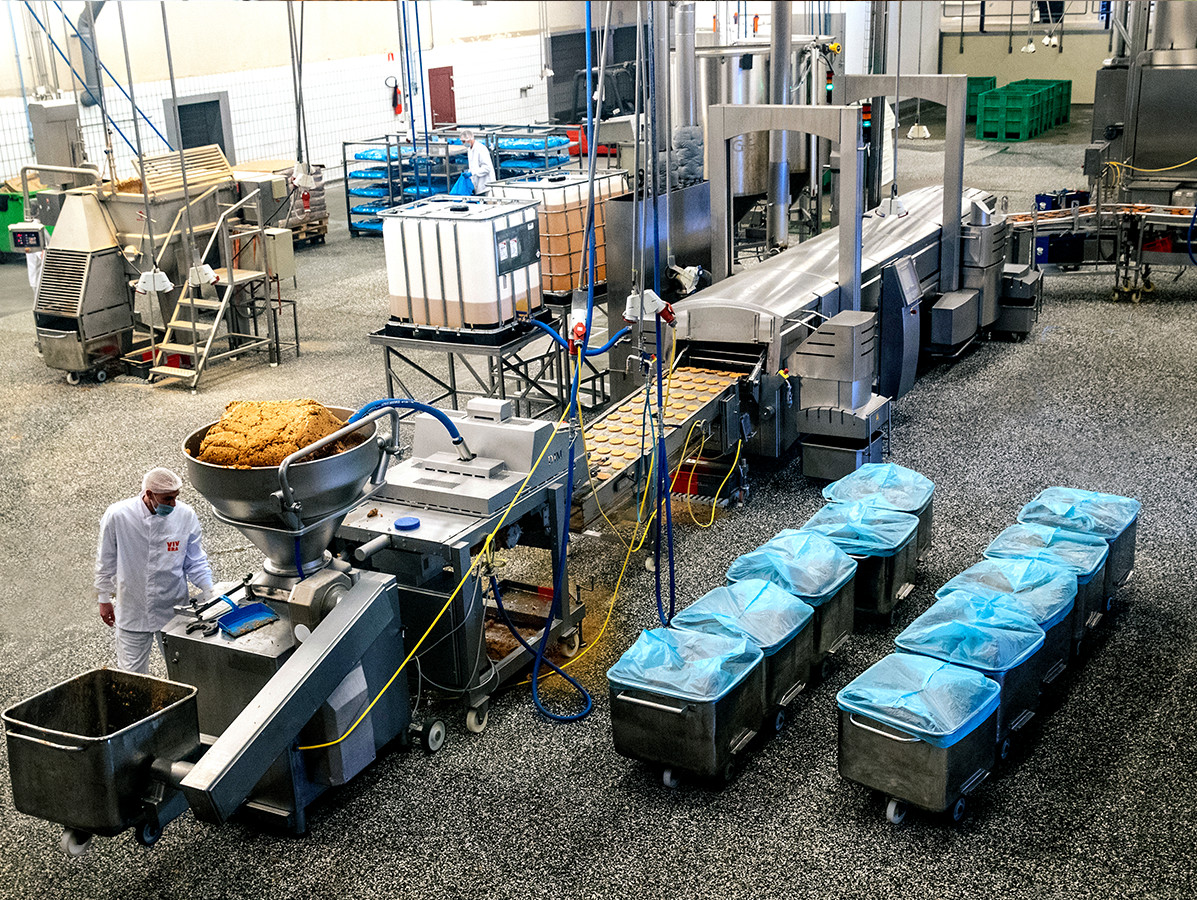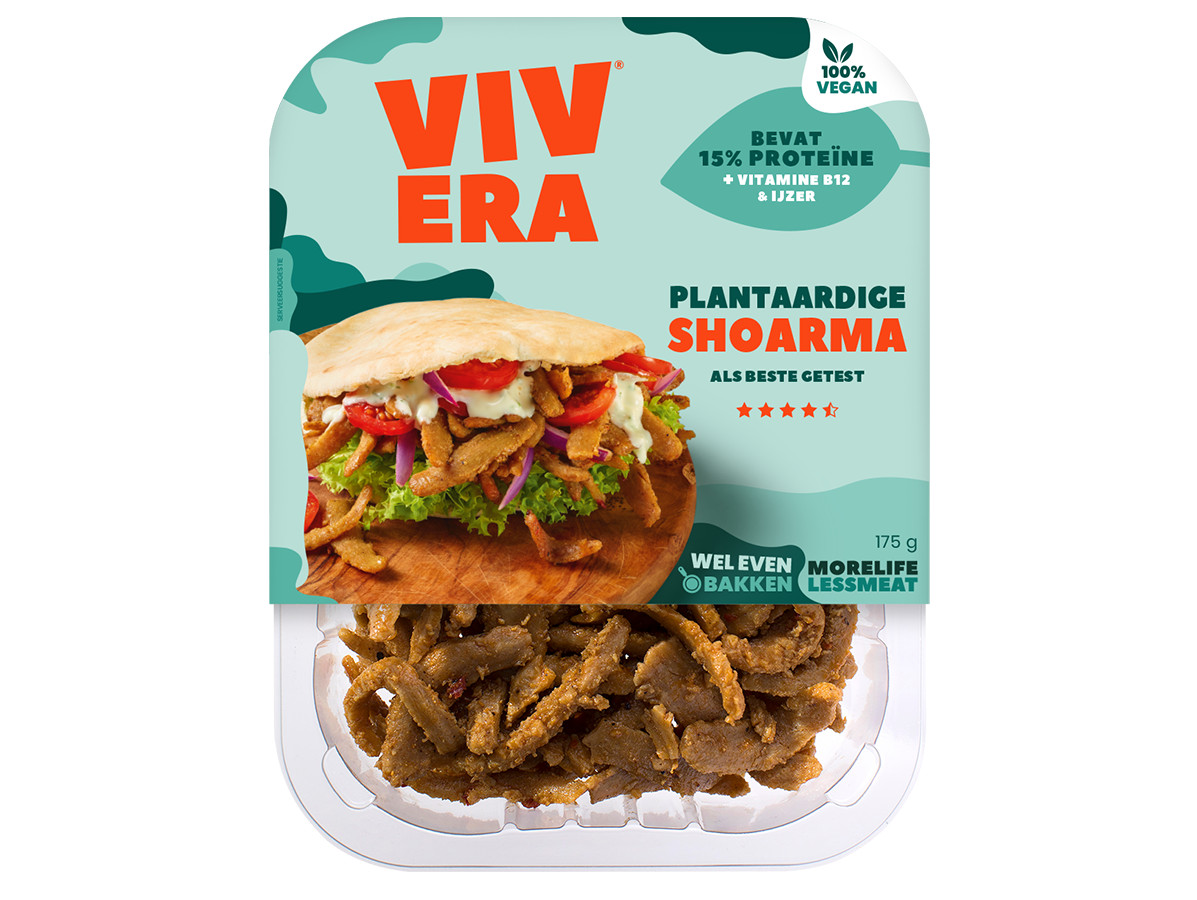
Producers of plant-based meat replacements have the wind in their sails. Consumer demand is growing, research at universities and R&D departments is yielding new techniques and products, and the government is stimulating innovative activity in the field. A chat about trends and developments with Emke Kieffer, Head of Product Development at Vivera.
The market for meat substitutes can be broadly divided into two groups: the 'creative substitutes' and the 'meat imitation products'. No one confuses products from the first group, such as a spinach cheese fillet or a vegetable burger, with a piece of meat. Emke Kieffer: "Product developers have a lot of freedom here: in form, structure and taste." Yet Vivera focuses mainly on the second category. "In terms of environmental gains, there is a big battle to be fought here. Consumers who do eat meat, but want to reduce its consumption, opt for substitutes in the form of vegetable meat imitation products. This is a rather "relentless" consumer. They are critical and constantly compare the substitute to real meat."
"Vivera wants to offer this consumer a wide range of products. We have all the production technologies in house for this purpose; from conventional lines and cooking kettles to hybrid and co-extrusion lines. Because we are mainly focused on retail, we are not affected by the corona pandemic. We are growing fast," says Emke. "That's why 30 million will be invested over the next three years; in expanding the factory, staff, new production lines and innovation of products."

"We haven't quite figured that out yet," she laughs. "The expansion is being looked at from different angles. For example, for the colleagues in supply chain, the focus is on the question 'what is needed to meet the existing demand?' We identify which machines and technologies are important now and in the future, in order to be able to actually produce both the existing and new products we develop. The production department finds it especially important that the colleagues on the factory floor can keep up with everything; they don't want 20 different technologies that they all need to operate. It's incredibly fun and exciting to be part of these discussions."
"I think that will be in technologies that create texture by putting purified proteins under high pressure and high temperature. This causes the proteins to gel together, giving you a special bite. Examples are high moisture extrusion and the production of TVP (Texturized Vegetable Protein) obtained by dry extrusion. We also refer to them as 'black box technologies', because a small change in the process, such as changing the temperature or the configuration of the screw on the inside of the machine, immediately produces different textures. We experiment a lot with new proteins, make new combinations by adding some fibers or oil, or add aromas at the front end and investigate how they hold up during the process. There is still a lot to discover!"
"The conventional lines are a little less exciting in terms of product development and possibilities. However, they are the most tried and tested, almost identical to how meat burgers and sausages are made. And you can realize a surprising amount of difference in sensory aspects with them, which is still underestimated by many players in the market. It takes thirty years of experience in development and process technology to be able to make the difference in the field of interaction between combinations of raw materials and the settings of machines. This product segment is still growing, so there is a good chance we will expand these lines."

"We want to be better than the alternative. To come as close as possible to a real meat texture and taste; so close that no difference is noticeable and it is better in terms of health. One of the trickiest aspects of this is forming a good texture. And there is no simple answer; there is no 'ultimate meat texture'. It is easier to come close to a hamburger than to a whole chicken breast, which is a very large piece of muscle. We keep a close eye on what's going on in the market and what innovations can help us get better at producing the perfect meat imitation product."
"That's why we may have to keep investment space free for the very latest processing techniques, such as 3d food printers and shearcell technology. Scientists are trying to imitate a meat structure on a micro level using these techniques. Currently, these techniques are not yet available on an industrial scale. But they will come."
"Totally agree. Since our goal is to be better than the alternative, it is essential that you can taste the products side by side, because human taste memory is generally not very good. It is based more on memories and emotion than on facts like 'it was exactly as salty' or 'exactly as creamy'. Memory and taste preference are also very strongly intertwined. You only have to remember being sick once from the wrong clam, and you never want to eat them again. To get back to your question; yes, I eat meat. All seven members of the product development team taste it, the three vegetarians on my team just don't eat it."

"Taste and texture are of course very important, but Vivera also wants to be at the forefront when it comes to health," Emke continues. "We therefore hold ourselves to very strict guidelines based on the advice of the Voedingscentrum and the HFSS guideline from Great Britain, among others. As of 1 January 2022, the salt covenant will become active, and we are also working hard to achieve this. The strict requirements we impose on ourselves make product development even more technically complicated. A good meat sausage, for example, contains 30% fat, but a healthy meat substitute may not contain more than 10% fat, according to the guidelines of the Voedingscentrum. Fat largely determines the juiciness and smoothness of a product and is often the carrier of taste. Don't get me wrong; from a health point of view I completely agree with that 10%, but for the other condition, namely 'we want our vegetarian imitation product to approach the taste and bite of the original meat product as closely as possible', this is quite a challenge."
"Tasting and comparing products yourself is not enough of course, you will always have to ask the consumer himself what he thinks of the products. That is what we do, through external agencies with a taste panel. Our plant-based shoarma appears to score very well, with a rating of 9.5. And the Normec consumer panel tested the vegetable bratwurst as the best for taste and bite. Such feedback gives a boost to the team!"
"In the past 30 years there have been huge strides. The stuffy feeling around vegetarian has really gone. In fact, it is now a 'sexy' market area, full of exciting innovations and developments. It doesn't matter that there is more competition. Worldwide we are all working to get the best out of this specialism; that's fantastic, isn't it?"
Photos: © Foto Hissink
Source: Vakblad Voedingsindustrie 2021